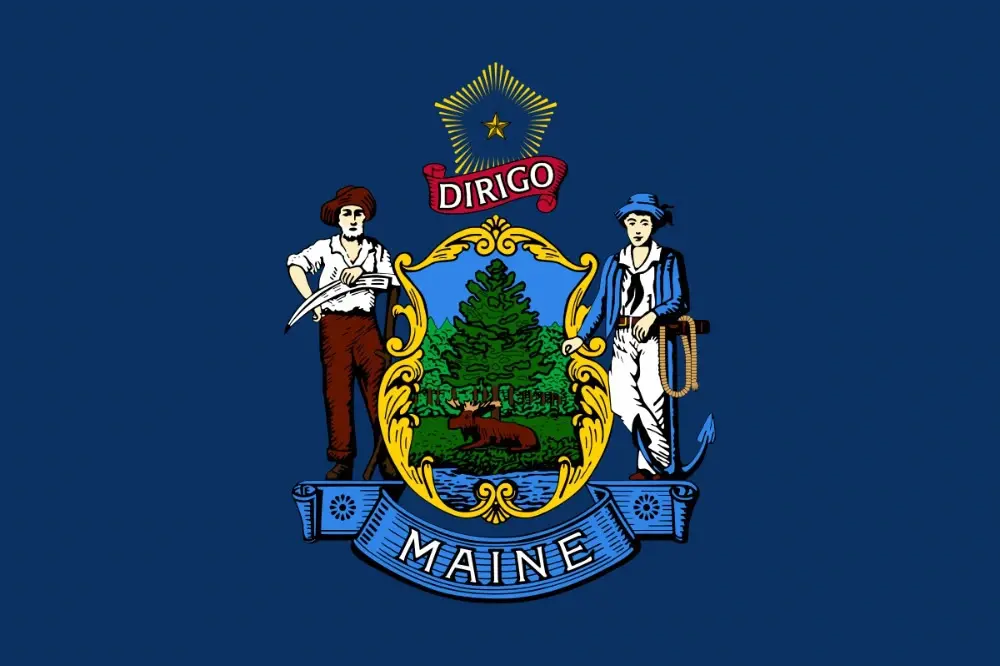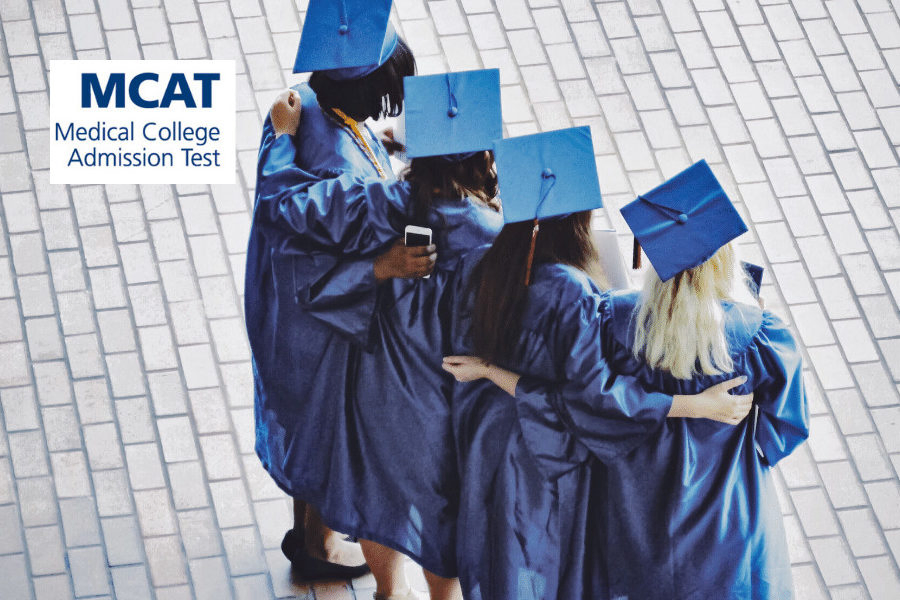Sample MCAT Question - Glycolysis Part 1
Which step in glycolysis is the first irreversible step unique to glycolysis?
a) Isomerization of glucose 6-phosphate to fructose-6-phosphate
b) Conversion of DHAP to glyceraldehyde 3-phosphate
c) Cleavage of fructose-1,6-bisphosphate
d) Phosphorylation of fructose-6-phosphate
Get 1-on-1 MCAT Tutoring From a Specialist
With MCAT tutoring from MedSchoolCoach, we are committed to help you prepare, excel, and optimize your ideal score on the MCAT exam.
For each student we work with, we learn about their learning style, content knowledge, and goals. We match them with the most suitable tutor and conduct online sessions that make them feel as if they are in the classroom. Each session is recorded, plus with access to whiteboard notes. We focus on high-yield topics if you’re pressed for time. If you have more time or high-score goals, we meticulously cover the entire MCAT syllabus.
Glycolysis and Cellular Respiration
In order for cells to live and grow, they undergo cellular respiration. Cellular respiration is a series of biochemical processes inside cells in which nutrients are broken down into energy that can then be used to drive cellular reactions. In most cells, glucose is the primary molecule that is used. This is because glucose is a high energy molecule that can be oxidized to release energy.
C6H12O6 + 6 O2 → 6 CO2 + 6 H2O
The overall reaction of glucose oxidation is shown above and can be summarized as follows: one molecule of glucose reacts with six molecules of oxygen to produce six molecules of carbon dioxide and water. During this process, glucose is oxidized to carbon dioxide, and oxygen is reduced to water. This overall reaction takes place through several processes. The first of these processes is called glycolysis. Glycolysis is a 10-step, evolutionarily conserved biochemical pathway that breaks glucose down into two molecules of pyruvate. This process releases energy that is stored in the form of ATP molecules and NADH molecules.
Notably, while glucose breakdown does release some energy, there is still energy stored in the two pyruvate molecules. Therefore, in subsequent pathways (i.e. the decarboxylation of pyruvate by pyruvate dehydrogenase complex and the subsequent entry of acetyl-CoA into the Krebs cycle), these pyruvate molecules will also be broken down to continue to release even more energy to power cellular processes. But we discuss those pathways, let’s first look at glycolysis.
This post covers preparatory phase, which encompasses the first five steps of glycolysis. See other posts for details about the glycolysis payoff phase (the last five steps of glycolysis) and the overall net reaction of glycolysis. We also have resources on gluconeogenesis (the reverse pathway in which pyruvate is converted back into glucose) and the regulation of glycolysis and gluconeogenesis.
Preparatory Phase of Glycolysis
The preparatory phase of glycolysis (its first five steps) involves the breakdown of glucose into two molecules of glyceraldehyde-3-phosphate. This phase involves the consumption of two ATP molecules, as shown below in Figure 1.

Figure 1. Preparatory Phase of Glycolysis
Glycolysis Step 1: Phosphorylation of Glucose
The first step of the preparatory phase is the phosphorylation of glucose (Figure 2). In this step, glucose is phosphorylated by hexokinase to form glucose 6-phosphate. This step is irreversible because the reaction is exergonic, meaning that it releases free energy. Moreover, the reaction is catalyzed by the enzyme hexokinase. A kinase is an important enzyme type to know for the MCAT exam. Kinases are transferases that, in this case of hexokinase, transfer a phosphate group from one molecule to another molecule. In this first step, hexokinase is transferring a phosphate group from ATP to glucose. It is essential to note the difference between kinases and phosphorylases. Phosphorylase enzymes add inorganic phosphate molecules to a molecule. Inorganic phosphates are free phosphate molecules sitting in solution that are not bound to any organic molecules.

Figure 2. Glycolysis Step 1: Glucose Phosphorylation
Glycolysis Step 2: Isomerization of Glucose-6-Phosphate
The next step in the preparatory phase is the isomerization of glucose 6-phosphate to fructose 6-phosphate (Figure 3). Glucose 6-phosphate is an aldose sugar, which means that it has an aldehyde functional group. Glucose 6-phosphate is converted to fructose 6-phosphate, which is a ketose sugar that has a ketone functional group. This step is an isomerization reaction that is catalyzed by the enzyme phosphohexose isomerase.

Figure 3. Glycolysis Step 2: Isomerization of Glucose-6-Phosphate
Glycolysis Step 3: Phosphorylation of Fructose-6-Phosphate
The third step in glycolysis is the phosphorylation of fructose 6-phosphate (Figure 4). Fructose 6-phosphate is phosphorylated by phosphofructokinase-1 (PFK-1) into fructose 1,6-bisphosphate. This step is another irreversible step, as it is also exergonic and releases free energy. Moreover, this is the first committed step in the glycolytic pathway because it is the first irreversible step unique to glycolysis. Although the first step of glycolysis, the phosphorylation of glucose, is also irreversible, the product of that step, glucose 6-phosphate, feeds into multiple biochemical pathways (including, for instance, the pentose phosphate pathway. The product of this step, however, is only used in glycolysis.

Figure 4. Glycolysis Step 3: Phosphorylation of Fructose-6-Phosphate
Also, in terms of nomenclature, it is important to note that molecules with two phosphate groups at two different positions are called bisphosphates. An example of a bisphosphate is fructose 1,6-bisphosphate, which is shown on the right of Figure 4 above. This molecule has two phosphate groups located on carbons 1 and 6, respectively.
Bisphosphates should not be confused with diphosphates. Diphosphates are molecules with two phosphate groups that are linked together. An example of a diphosphate is adenosine diphosphate, or ADP (Figure 5). ADP is a nucleotide that contains two phosphate groups linked together at carbon 5 of the sugar backbone.

Figure 5. Adenosine Diphosphate
Glycolysis Step 4: Cleavage of Fructose-1,6-Bisphosphate
The fourth step in the preparatory phase is the cleavage of fructose 1,6-bisphosphate (Figure 6). In this step, fructose 1,6-bisphosphate is cleaved into two molecules: glyceraldehyde 3-phosphate (G3P) and dihydroxyacetone phosphate (DHAP). Both of these products are 3-carbon sugars, or triose sugars. This reaction is catalyzed by the enzyme aldolase.

Figure 6. Glycolysis Step 4: Cleavage of Fructose-1,6-Bisphosphate
Glycolysis Step 5: Conversion of Triose Phosphate
The last step in the preparatory phase is the conversion of triose phosphates (Figure 7). In this step, DHAP is converted to G3P by the enzyme triose phosphate isomerase.

Figure 7. Glycolysis Step 5: Conversion of Triose Phosphate
The result of the preparatory phase is the production of two molecules of glyceraldehyde 3-phosphate from glucose. As previously mentioned, this process expends two molecules of ATP. In the second phase of glycolysis, also called the glycolysis payoff phase, energy is generated in the form of ATP and NADH.
Explore More
MCAT Masterclass Chapters
Take a closer look at our entire MCAT Masterclass or explore our lessons below.
-
Glycolysis Part 2
View Subject -
Gluconeogenesis
View Subject -
Regulation of Glycolysis and Gluconeogenesis
View Subject -
Glycolysis Net Reaction
View Subject -
Glycogen Structure & Glycogenolysis
View Subject -
Glycogenesis & Glycogen Regulation
View Subject




